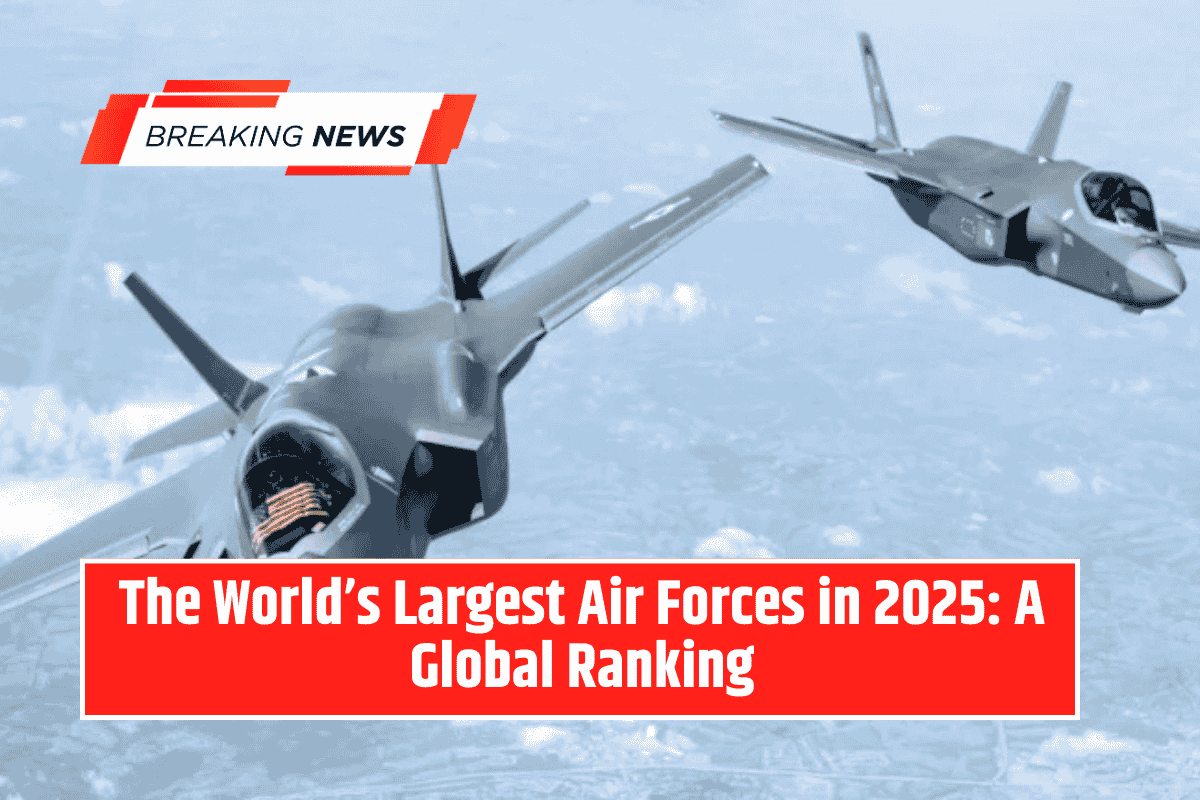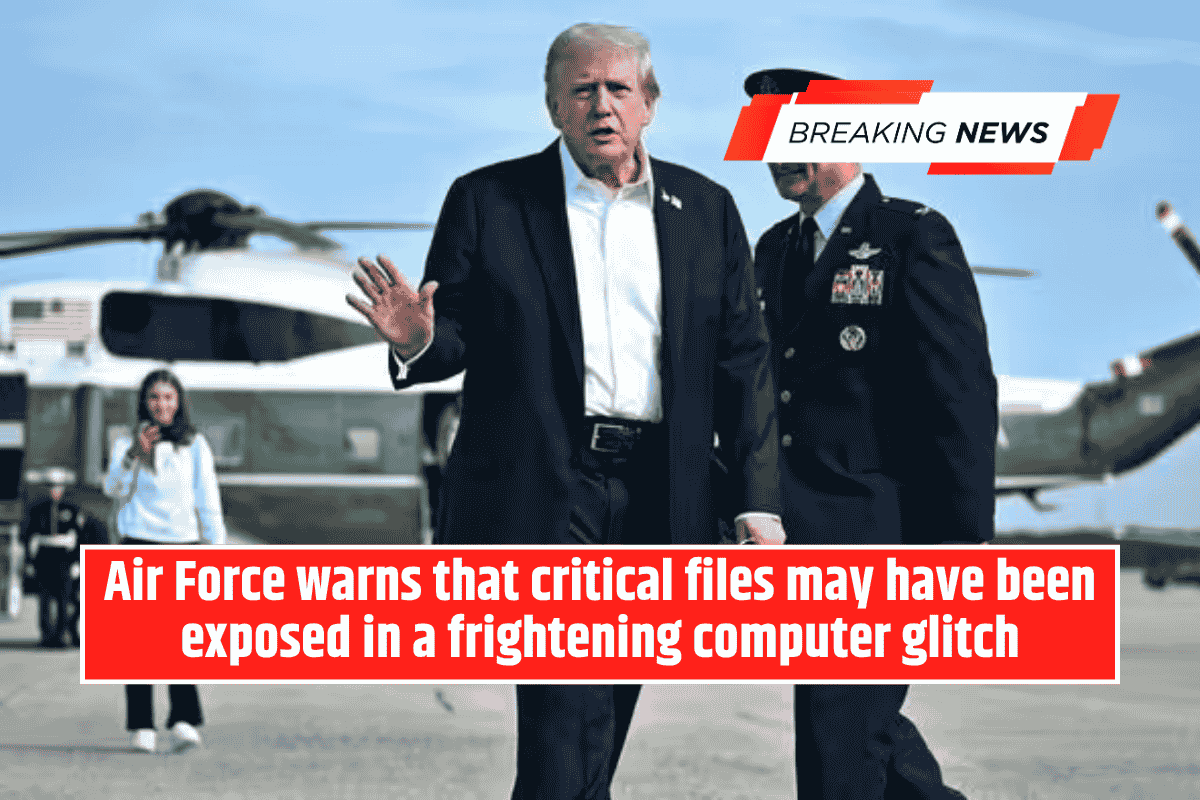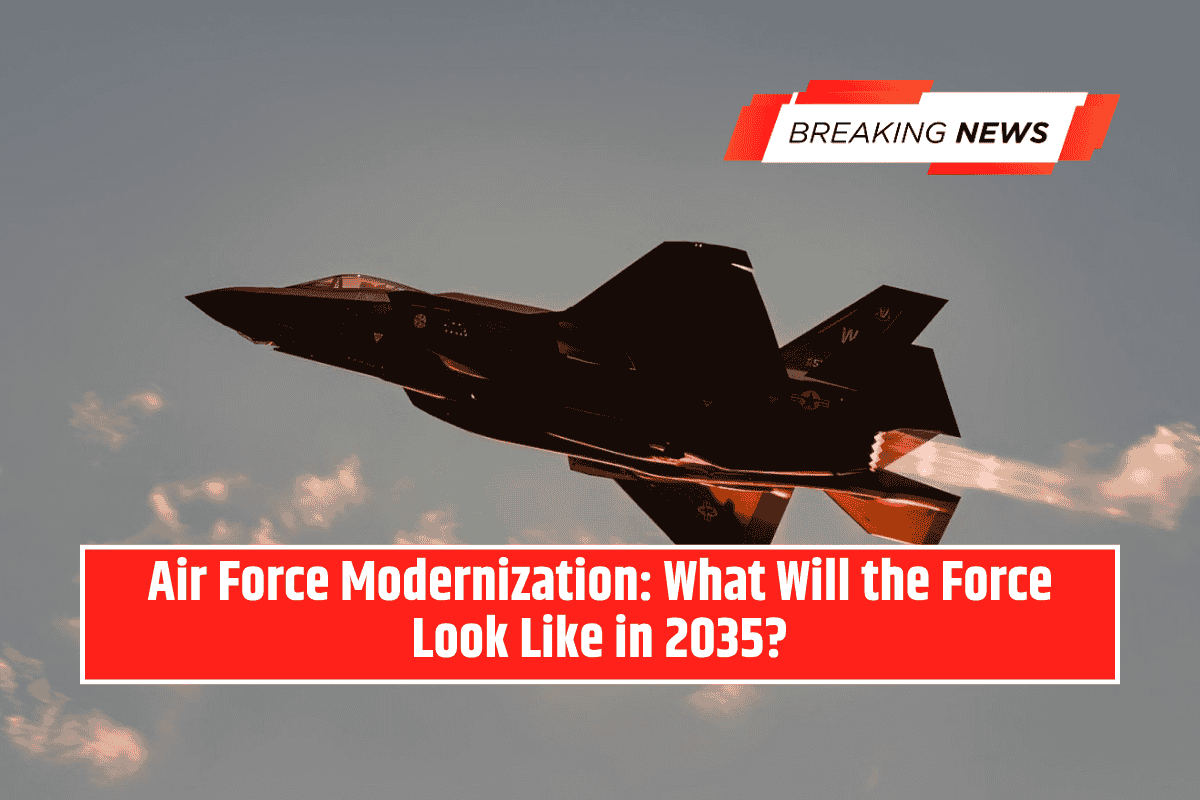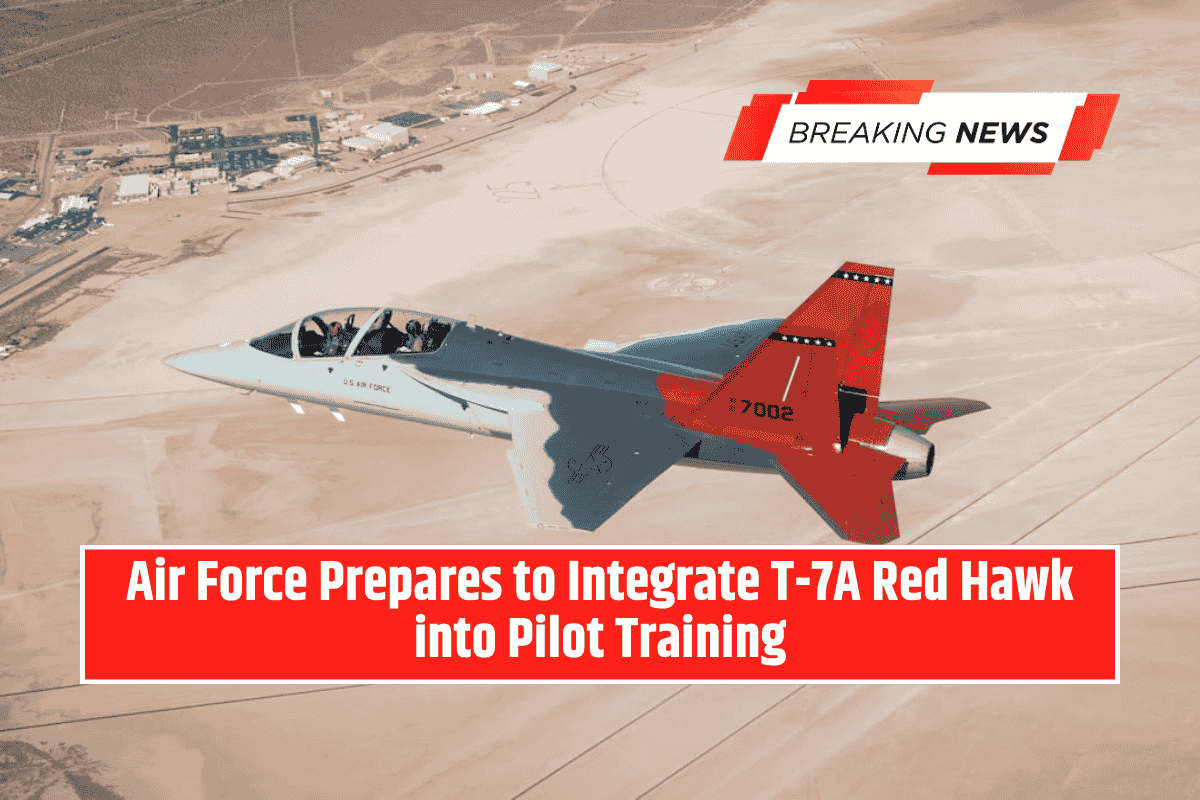In today’s world, military strength is no longer measured by the size of an army alone. Air power has become a decisive factor in modern defence, offering speed, reach, and the ability to control the skies.
From advanced fighter jets to strategic bombers and surveillance aircraft, countries are investing heavily in their air forces to respond to evolving security threats.
As of 2025, the rankings of the world’s largest air forces—compiled from 2024 data and published by World Population Review—show which nations dominate the skies. The list measures total military aircraft in service, offering a snapshot of global aerial strength and strategy.
Top 10 Air Forces in the World (2025)
1. United States – 14,486 Aircraft
The United States is far ahead of the competition with more than 14,000 aircraft. Its arsenal spans every domain of air warfare, from stealth fighters like the F-35 Lightning II and F-22 Raptor to strategic bombers such as the B-2 Spirit and B-52 Stratofortress.
With contributions from the Air Force, Navy, Marines, and Army, the U.S. maintains unmatched global reach through an extensive network of overseas bases.
2. Russia – 4,292 Aircraft
Russia remains a formidable air power with over 4,000 aircraft, including heavy bombers like the Tu-160 and fighters such as the Su-35 and Su-57. Its aerospace industry continues to influence global aviation, as many countries still operate Russian-made aircraft.
3. China – 3,304 Aircraft
China’s rapid military modernisation has transformed its air force into one of the largest and most advanced. The J-20 stealth fighter and J-16 multirole jet highlight its growing domestic manufacturing capabilities and its push for regional dominance.
4. India – 2,296 Aircraft
India ranks fourth, fielding a diverse mix of Su-30MKI fighters, French Rafales, and indigenous Tejas aircraft. Driven by the “Make in India” initiative, the country is steadily building self-reliance in defence production while strengthening its role as a regional security power.
5. Japan – 1,459 Aircraft
Japan’s Air Self-Defence Force combines modern fighters like the F-35 with upgraded F-15Js. Positioned in a geopolitically sensitive region, Japan’s air power supports both national security and its alliances, particularly with the United States.
6. Pakistan – 1,434 Aircraft
Pakistan has built one of the largest fleets in South Asia, centred on F-16s, JF-17 Thunders (co-developed with China), and Mirage fighters. Partnerships with China continue to drive upgrades and sustain the force’s relevance in the region.
7. South Korea – 1,171 Aircraft
With over 1,100 aircraft, South Korea maintains readiness for tensions on the Korean Peninsula. Its fleet includes F-35A fighters and the indigenously developed KF-21 Boramae, reflecting a strong push for technological independence.
8. Egypt – 1,093 Aircraft
Egypt operates a diverse fleet of U.S., French, and Russian aircraft, positioning itself as a major air power in Africa and the Middle East. Its air force plays a role in both national defence and regional peacekeeping operations.
9. Turkey – 1,069 Aircraft
Turkey balances NATO commitments with its national defence priorities. Beyond conventional fighters, Turkey has become a leader in drone technology, with its Bayraktar UAVs gaining global recognition and export demand.
10. France – 972 Aircraft
France rounds out the top 10 with its versatile Rafale fighters and transport aircraft, projecting influence far beyond Europe. Its air force plays a vital role in NATO operations and supports missions across Africa, the Middle East, and overseas territories.
The Bigger Picture
The 2025 rankings highlight not just numbers, but also strategy. The United States towers above others in both size and reach, while Russia and China continue to challenge Western dominance. India and Pakistan’s presence among the top six reflects South Asia’s growing importance in global security.
For countries like Japan, South Korea, and Turkey, regional tensions drive heavy investment in cutting-edge technology. Meanwhile, France and Egypt demonstrate how air power can amplify influence far beyond borders.
The skies of 2025 tell a clear story: air power is central to military strategy, diplomacy, and global influence. Whether it’s through stealth fighters, long-range bombers, or advanced drones, nations are racing to maintain aerial superiority. And as India’s rise to fourth place shows, the global balance of power in the skies is evolving rapidly.








